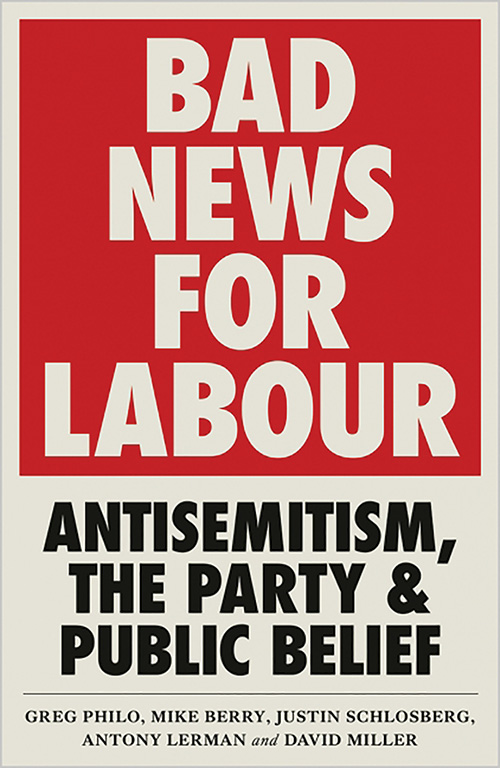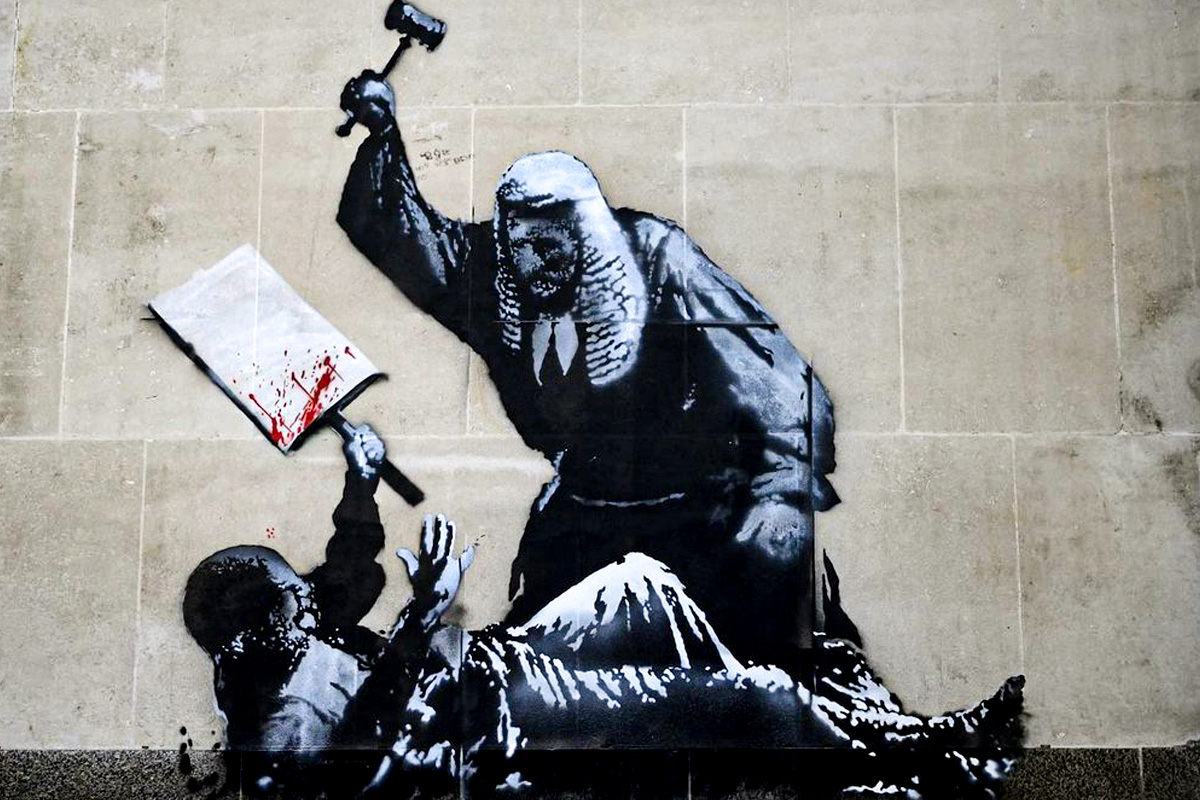The publication of a new book, Bad News For Labour: Antisemitism, the Party & Public Belief (Pluto Press, 2019) provides valuable information. Above all it gives clarity with regards to the real facts surrounding the long-running saga of claims about antisemitism inside Labour.
This is an academic study (which provides it with both strengths and weaknesses), aimed at uncovering the actual facts, and presenting them in a balanced fashion. The lack of this in the wider argument has been a defining feature so far.
The book starts by examining how public perceptions have been distorted by this campaign against Labour in general, and Corbyn in particular. For example, the book notes that, arising from a series of surveys carried out for the book, it was found that many people believe that up to a third of Labour Party members have been reported for antisemitism. Yet the actual number is under 1% and most of these have been found not guilty.
Fact and fiction
 The constant variation between claim and fact is a recurring theme in the book. Of course, the first task of the book is to examine whether there is any basis at all for claims of antisemtism existing inside Labour.
The constant variation between claim and fact is a recurring theme in the book. Of course, the first task of the book is to examine whether there is any basis at all for claims of antisemtism existing inside Labour.
The answer is that clearly some antisemtism does indeed exist both inside the party ranks and within society at large. Whereas in the past this was a simple dislike of Jews, now it tends to be linked to various conspiracy theories, as well as a reaction to world events. However the numbers involved seem to be quite small, and tend to lurk online.
Worryingly, there has been a tendency for extreme right-wing elements to post stuff online, pretending to be Labour members or even officials.
So, the book asks, how is it that a problem (whilst disturbing and unacceptable) involving just a small number of people has been turned into an issue that is said to be “serious and widespread” within the Labour Party?
The answer lies in a coming together of various interests. Firstly, big business and the Tory press are constantly looking for stuff to throw at Labour and Corbyn. They have no interest in facts, and are happy to throw any dirt they can get away with.
So it was that a claim that tens of thousands of antisemitic emails exist, is reported as a fact that tens of thousands of such emails exist. In another example, Emily Thornbury reported that a person in the street had made antisemitic comments to her and noted that the person probably thought they were trying to be helpful. The press reported this as antisemitic remarks from a party supporter.
Witch-hunt
 Secondly, and this is a recurring theme in the book, the whole issue has been directly linked to and fueled by the ongoing conflict at Westminster. This is between the Blairite / careerist wing of the party, and those who support Corbyn. The most vigorous elements pushing the antisemitism issue have also been the most hardline supporters of reaction.
Secondly, and this is a recurring theme in the book, the whole issue has been directly linked to and fueled by the ongoing conflict at Westminster. This is between the Blairite / careerist wing of the party, and those who support Corbyn. The most vigorous elements pushing the antisemitism issue have also been the most hardline supporters of reaction.
Again facts are of no interest to these people. Margaret Hodge, for example, shouted that she had given the party a dossier of 200 cases of antisemitism. Yet after investigation, only 20 of these related to actual party members, even before considering whether any of these accusations were founded in fact.
Finally, the book notes that the Israeli government, with access to the most powerful PR machine on earth, has targeted Corbyn precisely because he has expressed support for the Palestinians, and has been critical of the actions of the Israeli state. As such, huge pressure has been exerted by its various conduits.
As a result, a witch-hunting atmosphere has been created in which to even challenge the line being pushed by the press, the Blairites and so on, means to be added to the list of the accused.
Establishment attacks
The book concludes that all these elements have combined to create a crisis aimed at getting rid of Corbyn.
In passing, the book notes that the press and the establishment seem to have no interest in racism against other groups, notably Muslims and Roma people, for example. They constantly report on the horrid abuse against Luciana Berger (almost entirely from right-wing types it should be noted), yet ignore the far greater abuse thrown at Diane Abbott.
The book does naively suggest that had Labour been quicker to take action and thereby reassure people that antisemitism was being dealt with, then some of what has happened could have been avoided. However, it is hard to see how any compromise would ever satisfy these three groups. They are all diametrically opposed to Corbyn and what he stands for.
The book ends by putting the whole issue in context. It notes in a few terrifying pages how the exaggerated claims of antisemtism in Labour must be put against the actual rise in race hate worldwide. This includes attacks on Jews and much more, that has been seen from right-wing elements across Europe and in America.
By focusing on Corbyn, the actual antisemites are allowed to avoid public attention. In some countries, such views are now to be heard at the highest levels of state.
The establishment elements targeting Corbyn will do nothing about the real far-right threat now facing Jews in countries such as Poland or Hungary, as well as in France, Holland, and others. This requires action from the labour movement, uniting the working class against the common enemy.






